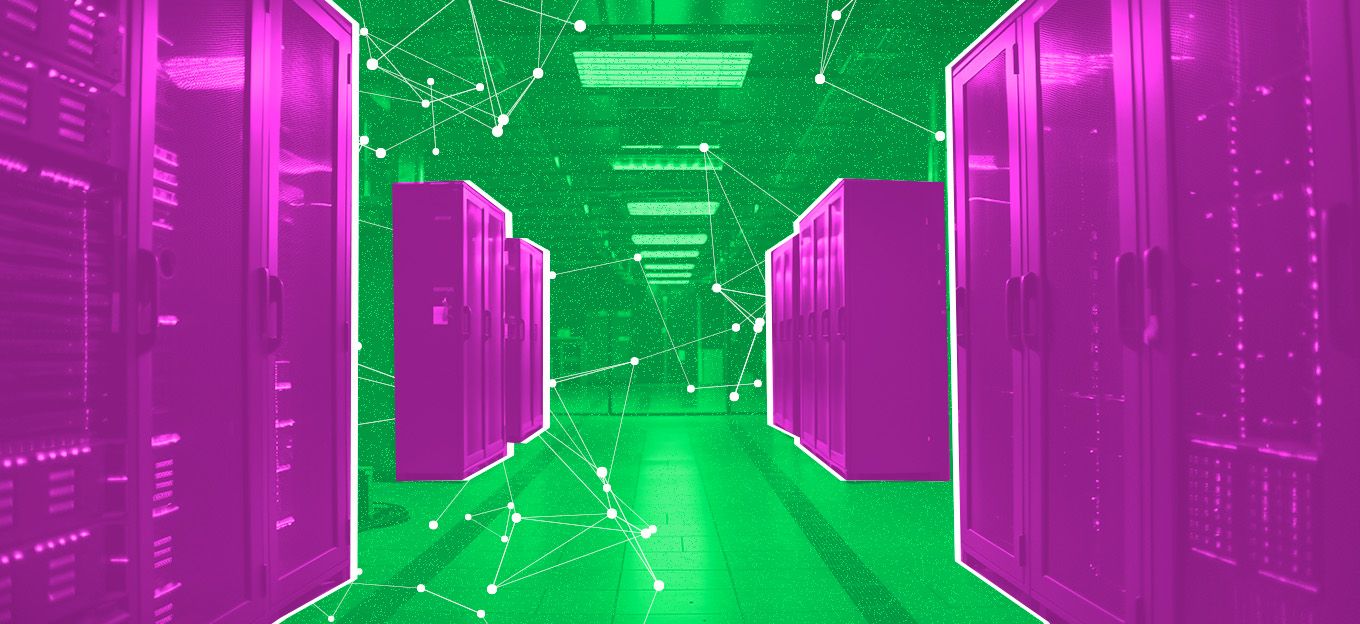Reckoning and Remedy for Retail: How 5G and IoT Can Advance the Retail Industry
Reckoning and Remedy for Retail: How 5G and IoT Can Advance the Retail Industry
- Last Updated: December 2, 2024
Telit
- Last Updated: December 2, 2024



For every retail sector, from clothing to electronics, keeping pace with ever-evolving consumer expectations has been a major challenge. Consider purchasing options alone. Today, retailers must be prepared to accept everything from cash and credit cards to mobile and smartphone payments—or risk turning away a customer.
The State of Retail
In 2018, Customer Think reported that nearly 50 percent would cancel an order if their preferred option weren’t available. That was before online ordering, curbside pickup, and home delivery became essential for survival. Now, with the pandemic drastically changing consumer behavior, retail faces a reckoning like never before.
5G and IoT will be critical in ensuring a shift to more immersive, convenient, and touch-free retail industry experiences.
It’s important to note that pre-COVID physical stores in the U.S. had been struggling for years not only to increase foot traffic but also to adopt new technologies such as self-serve kiosks, digital signage, and contactless payment, all of which were arguably more commonplace in Europe, Asia, and Australia than in America. However, at the onset of the pandemic, retailers that found themselves on a list of “non-essential” businesses faced a real reckoning. It was time to adapt and change.
While the world went through a series of stops and restarts in 2020, technology has continued to advance. And that’s the silver lining heading into 2021. In addition to more touch-free and multi-channel options providing the retail sector with a remedy until the coast is clear, the rollout of 5G will undoubtedly usher in an entirely new era of consumer personalization, engagement, and enhancement.
In fact, 5G and Internet of Things (IoT) technologies are already a factor in delivering the speed and connectivity needed to enable innovative new retail applications elevating the customer experience and arming retailers with valuable insights driving better decision-making and ROI. Below are just a few examples that give a glimpse into the present and future of retail.
Self-Serve Convenience Stores
Enabled by AI, computer vision, sensors and machine learning, self-serve stores allow customers to walk in, take what they want and walk out without scanning a single item, waiting in line or making a payment at a terminal. Though launched in China and South Korea about five years ago, the first public self-serve convenience store was opened by Amazon in 2018. To enter, consumers download an app and hold it over a gate scanner. Once inside, every item they pick up or return to a shelf is automatically detected and tracked in a virtual cart. When shopping is complete, the customer simply walks through the scanner gate and out the door, with Amazon Go sending the receipt to the shopper’s phone.
Such unmanned stores are probably part of retail’s future considering consumers’ distaste for long lines. In December 2019, Wirecard polled adults worldwide, asking which retail technologies they would be interested in using. More than half (61%) were at least somewhat interested in unmanned stores, with seven in 10 indicating interested in a scan-and-go app that would allow them to purchase products on their own.
Temporary Pop-Up Shops
Like self-serve kiosks, pop-up stores have become an increasingly attractive option for retailers, particularly during the pandemic. Whether testing new products, trying to reach more customers, or just entering the market but hesitant to establish hard-wired roots at a volatile time, pop-up shops provide retailers with a competitive edge thanks to the flexibility in location and size.
At their core, however, pop-ups need fast, reliable, and robust wireless connectivity for a range of technology, including PoS (Point of Sale) systems, as well as critical functions, from data backup and inventory management to everything in between. Solutions like Cradlepoint’s NetCloud Service and wireless edge routers, for example, are unlocking the power of LTE and 5G to create a secure, nonstop vast area network (WAN) edge that connects everything inside the store or out, wherever a customer transaction takes place.
Mixed-Reality Experiences
Many retailers that sell clothing have put traditional fitting rooms on pause for safety reasons while some have been experimenting with augmented and virtual reality for years to provide a more immersive experience. In 2015, Ralph Lauren installed high-tech fitting rooms with smart mirrors in its Fifth Avenue shop in New York. Since then, other brands have taken in-store tech like this to a whole new level.
The Adidas’ flagship store in London is a great example. Opened in 2019, the four-story, 27,000 sq. ft space on London's Oxford Street was designed using over 100 digital touchpoints powered completely by green energy, each focused on inspiring creativity and delighting shoppers. Executive board member Roland Auschel, who is responsible for global sales, stated, “We’re confident with the new Adidas LDN store we have created an unrivalled experience for shoppers, our most digital store ever, a hub of creativity and innovation for the city and the very best expression of our brand all in one amazing blockbuster destination.”
Creating an immersive environment equipped with LED screens and “mood” flooring, Adidas invites visitors into product experiences and interactive challenges and changing rooms outfitted with smart mirrors that let a customer try on items without ever removing or adding a single piece of clothing.
Consumer Trust
Increasing consumer trust in the digital shopping experience will be critical as we move into a new year and a new decade. At the core, 5G and IoT technologies will be critical in ensuring the shift to more immersive, engaging, convenient, and touch-free experiences, not to mention transparency in the chain of custody and supply chain integrity.
As current circumstances hold, we can safely assume retail will never look, feel or operate the same. For retailers determined to emerge from 2020 stronger and more resilient than ever, that’s good news, as long as they have access to the myriad options that will gratify and satisfy consumers—and help them thrive in times of uncertainty.
The Most Comprehensive IoT Newsletter for Enterprises
Showcasing the highest-quality content, resources, news, and insights from the world of the Internet of Things. Subscribe to remain informed and up-to-date.
New Podcast Episode

IoT and AI in 2026
Related Articles





